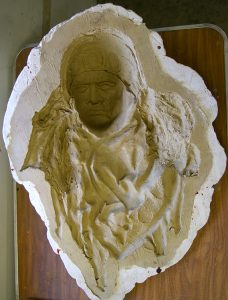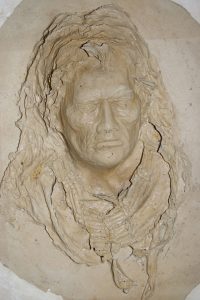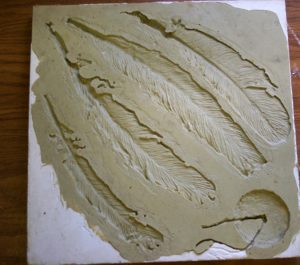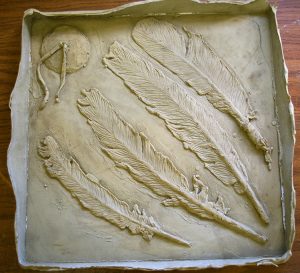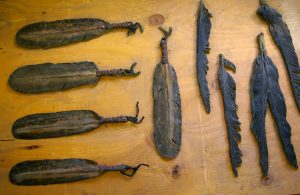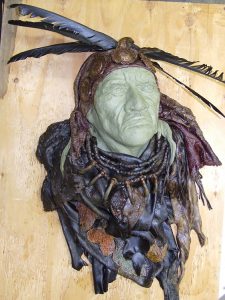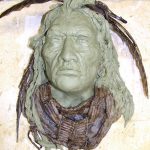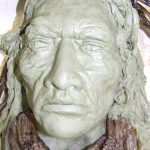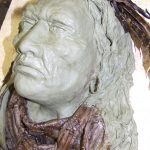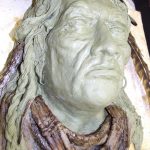Creative Process
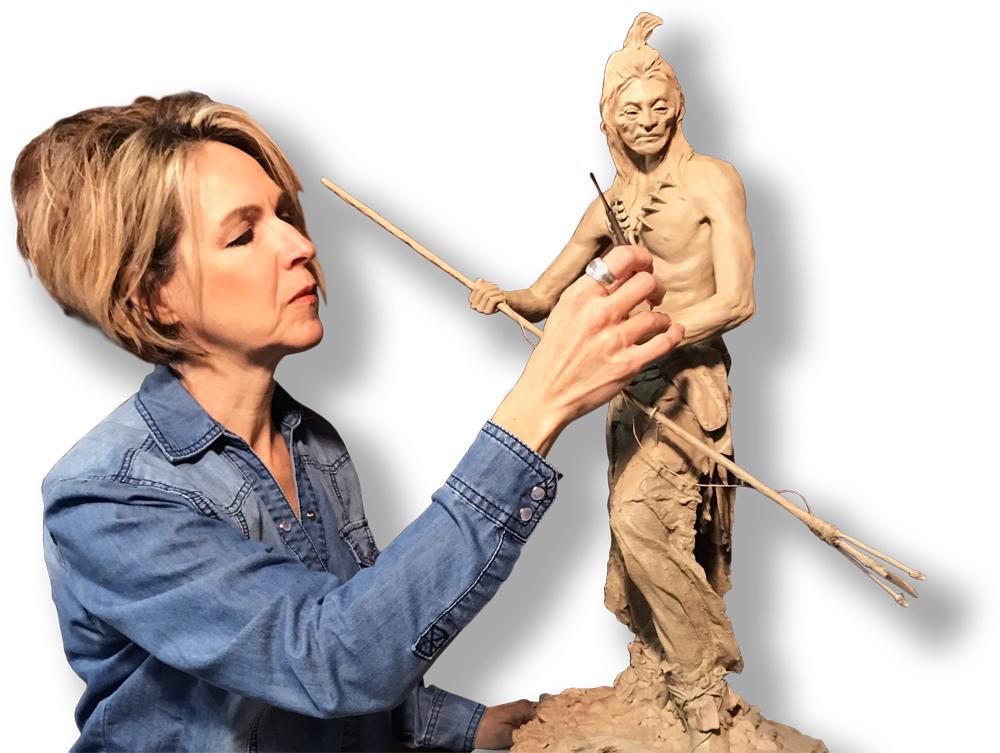
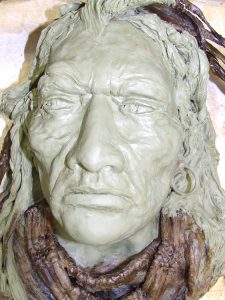
The decision of emotion will need to be determined, will the mask depict sadness, anger, happiness, etc. A slight slant in the eyebrows or a roughening of the chin is enough to send the signal of sadness. Anger, the eyes are slightly opened to produce a glare and the mouth is turned down. A great deal of skill and persistence goes into just the precise sentiment.
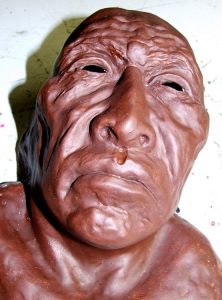
If the face ISNT going to be bronze, clay (slip) is poured into the plaster mold. It sets up to the right thickness and poured out. After a few hours the clay becomes like leather and releases from the mold. While the clay is still in the leather stage the eyes are then cut out. After the clay is dry to a green ware stage, I sand and clean to get ready for firing. The firing process requires approximately thirteen hours. The mask is now ready for a translucent paint process. This is a three part process used for the skin requiring a few days to dry. The eyes are then set in and the mask is placed on a plaque to dry.
If the sculpture IS going to be a bronze. The wax model is then dipped into a slurry to create a new mold. This ceramic mold is then heated, and the wax burns away leaving an empty cavity. Now bronze is poured into the cavity left by the wax. The ceramic mold with the bronze inside must be cooled before divesting. This is the removal of the ceramic mold by literally beating off the mold with hammers.
The bronze begins to take shape from each separate castings into the completed piece which is like my original sculpture. This is accomplished by grinding, welding, and resurfacing all areas of bronze to eliminate any imperfections. The bronze is then placed in a sandblaster to smooth and even out the surface to the bronze in preparation for the patina.
Patina consists of heating the bronze and applying chemicals, which speeds up the oxidation process, creating shades of color. Now I can add my painting techniques.

